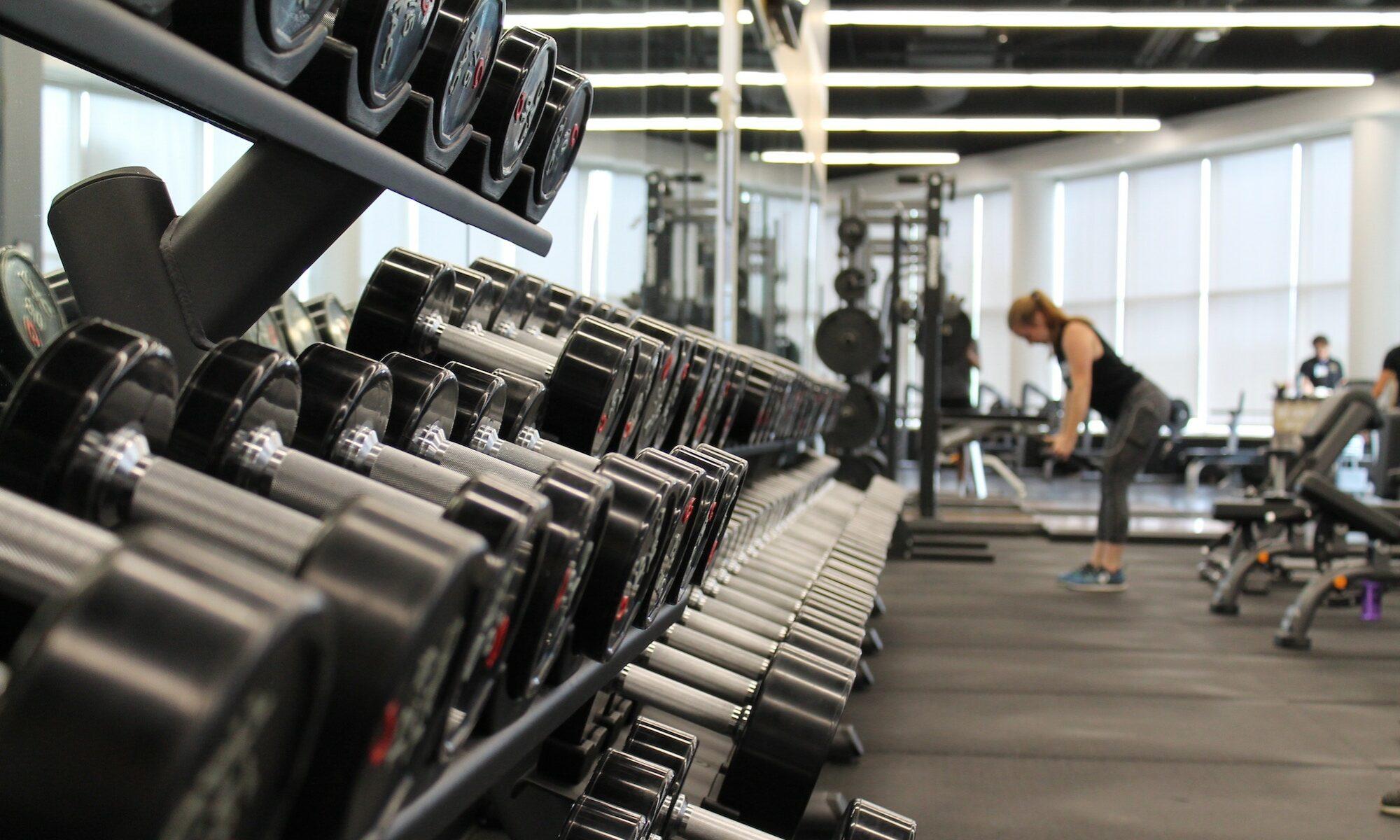A simple yet powerful fitness test known as the sitting-rising test is emerging as a clear indicator of longevity, intertwining balance, flexibility, and strength in a way that reveals much about our health future. Researchers from a notable study involving over 4,200 adults found that the ability to gracefully lower oneself to the floor and rise back up without support may predict cardiovascular health prospects and overall mortality risk. In a world increasingly focused on preventive measures, this test offers a tangible, no-equipment way to gauge some of the most critical physical markers that contribute to a long, active life. Its strength lies not just in what it signifies about muscle or aerobic capacity alone, but the combination of several fitness domains integral to aging well.
Across the globe, fitness tracking apps including MyFitnessPal, Fitbit, Nike Training Club, and Under Armour have transformed health awareness. Yet, sometimes, looking beyond digital metrics to simple, clinical tests provides insights that technology alone might miss. The sitting-rising test serves as a brief yet comprehensive snapshot, reminding us how vital everyday movements are to our overall longevity. Whether you’re aspiring to new fitness heights or maintaining a disciplined regimen, understanding this test and its implications can add a meaningful dimension to your journey.
Decoding How the Sitting-Rising Test Reflects Your Mortality Risk
When considering your lifespan, factors like cardiovascular health, muscle strength, and flexibility are often discussed individually. However, the sitting-rising test uniquely integrates these elements into one practical assessment, making it an invaluable gauge for health professionals and fitness enthusiasts alike.
The recent study published in the European Journal of Preventive Cardiology assessed 4,282 men and women aged 46 to 75, observing their ability to sit on the floor and rise without assistance. Researchers found that those who performed the task without help were dramatically less likely to die from heart-related conditions or other natural causes over approximately a decade. Essentially, the test combines aspects that many modern apps, such as Apple Health or Lifesum, attempt to quantify separately.
Important components evaluated by this test include:
- Muscular Health: Demonstrates the strength necessary to control descent and ascent.
- Balance: Assesses your body’s control to maintain stability during transitions.
- Flexibility: Measures the range of motion within joints, crucial for smooth movement.
- Body Composition: Influences balance and mobility by affecting your center of gravity.
Each factor plays a pivotal role in longevity, with flexibility often overlooked yet intimately linked to cardiovascular function and injury prevention. For example, arterial stiffness, related to inflexibility, can elevate heart disease risk. Combining these into a single test offers holistic insight, unlike isolated measurements from devices alone.
To grasp the test’s prognostic value, consider the participants’ results: those who required no aid had approximately six times lower risk of death from cardiovascular causes compared to individuals who struggled or used support. This illustrates that maintaining baseline functional fitness is not merely a performance milestone but a powerful indicator of resilience against chronic disease and physical decline.
How this test translates to fitness app users
As technology grows increasingly integrated with personal fitness, apps like Bodybuilding.com and Peloton offer specialized training to improve strength and balance. Integrating a simple test such as sitting-rising into your routine can complement these platforms by highlighting real-world mobility rather than just data points. For users of platforms like Strava or Noom, this test provides a baseline to tailor workouts with specific flexibility or strength focus, ensuring a well-rounded fitness plan.
| Score Range | Risk of Cardiovascular Death | Additional Notes |
|---|---|---|
| 8.5 – 10 | Low (baseline considered optimal) | Indicates excellent functional fitness |
| 4.5 – 7.5 | Moderate (3x increased risk) | Potential warning sign requiring intervention |
| 0 – 4 | High (6x increased risk) | Strong indication of underlying health issues |
- High performers typically show superior balance and flexibility.
- Low scorers benefit from targeted interventions and strength regimes.
- The test can be repeated periodically to track functional fitness improvements.
This approach invites fitness fans—whether using Under Armour’s training guides or the personalized workout regimens on Fitness Warrior Nation’s platforms—to contextualize their health beyond numbers and into real-world performance.
Mastering the Sitting-Rising Test: Step-by-Step Execution & Safety Tips
The sitting-rising test may seem straightforward but executing it safely and accurately requires attention and practice. Prioritizing safety is critical, especially for older adults or those with previous injuries.
Preparation matters before attempting the test:
- Choose a flat surface with enough space to move freely.
- Have a reliable partner present to observe, record scores, and provide support if needed.
- Wear comfortable clothing and remove shoes to allow for a natural range of motion.
- Ensure access to nearby support (a chair or wall) in case balance is lost.
The test procedure itself involves two principal actions:
- Lowering: Cross one foot over the other, bend knees, and sit down on the floor without using hands, forearms, or support from the legs.
- Rising: Return to standing seamlessly, again avoiding any form of external help.
Scoring begins with 10 points, losing one point for each body part or support used and half a point for significant wobbling. This detailed scoring allows for nuanced assessment.
For individuals with joint limitations, such as arthritis in hips or knees, or for those older than 75, alternative tests focusing on safety, like the 30-second chair stand test are recommended, emphasizing gradual strength development.
Integrating fitness trackers with physical tests
Wearable devices such as Fitbit or the Apple Health ecosystem can provide valuable data on daily activity, heart rate variability, and recovery status. Coupling these analytics with practical assessments like the sitting-rising test enhances understanding of one’s physical domain comprehensively. For instance, irregular heart rate patterns combined with difficulty in the test may call for deeper medical evaluation.
Fitness enthusiasts can also utilize resources from specialized strength and yoga guides that foster flexibility and joint health, crucial for the test’s requirements.
| Safety Tips | Precautions to Take |
|---|---|
| Test with a partner present | Prevents falls and ensures accurate scoring |
| Use a padded area if available | Reduces injury risk from sudden falls |
| Avoid test if you have severe joint pain | Prevents exacerbation of existing injuries |
| Incorporate warm-up stretching | Improves flexibility and reduces muscle strain |
Interpreting Your Sitting-Rising Test Score: What It Reveals About Your Longevity
Interpreting your score can highlight strengths and vulnerabilities in your physical fitness that are critical for a long, healthy life. Low scores are not a sentence but an opportunity to address weaknesses through focused training.
Professionals like physiotherapists or clinical exercise specialists can dissect which components—balance, strength, or flexibility—impact your score most, helping create customized programs. This is especially beneficial when coupled with data from apps such as Lifesum and Noom, which emphasize nutritional strategies alongside activity to boost vitality.
Consider the following categories and corresponding actions:
- Balance Deficits: Incorporate daily balance exercises, Tai Chi, or specific drills found on platforms like Nike Training Club.
- Strength Weaknesses: Strength-building workouts via Bodybuilding.com workouts or Peloton sessions enhance muscular durability.
- Flexibility Issues: Regular yoga or dynamic stretching guided by expert programs improves joint mobility.
For example, a 60-year-old participant with a sitting-rising score under 7 may find significant improvement after a 12-week program combining strength and flexibility work from targeted fitness guides. Such programs are available through Fitness Warrior Nation’s muscle building and strength resources.
| Score Range | Suggested Focus to Improve Longevity |
|---|---|
| 8 – 10 | Maintain current routine with consistent mobility work |
| 5 – 7.5 | Add targeted strength and balance training meals with nutrition monitoring via MyFitnessPal |
| <5 | Consult a healthcare provider for medical checks and embark on gradual rehabilitation programs |
Using Longevity Fitness Assessments to Shape Your Training for the Future
Beyond the sitting-rising test, there are growing methods to holistically evaluate fitness in relation to lifespan, including metrics that involve mobility, cardiovascular endurance, and functional strength. Combining these assessments with smart technology like Strava and Fitbit enhances the ability to tailor fitness plans perfectly aligned with personal health goals.
Programs like US Army Fitness Competition and Bear Fit Training Camp provide comprehensive training that develops these skills, underscoring the importance of versatility in physical preparation for longevity.
Here’s a recommended approach to integrate longevity assessments into your regimen:
- Regularly perform functional tests such as the sitting-rising, balance checks, and chair-stand tests.
- Review results alongside data from devices and apps (Apple Health, Lifesum).
- Address weaknesses with tailored workouts, whether strength, balance, or flexibility.
- Engage with trainers or health professionals to optimize technique and progress.
- Stay consistent and track progress via modern platforms including MyFitnessPal or Noom.
| Assessment | Fitness Aspect Measured | Tools/Resources |
|---|---|---|
| Sitting-Rising Test | Balance, strength, flexibility | Partner-assisted test, Nike Training Club routines |
| 30-Second Chair Stand | Lower-body strength | CDC guidelines, strength workouts on Bodybuilding.com |
| Cardio Endurance | Heart health, stamina | Strava tracking, Peloton bike classes |
Embracing The Science: How Functional Fitness Improves Quality and Length of Life
Scientific data continue to mount showing that symptom-free longevity is less about isolated cardio capacity and more about comprehensive functional fitness. Strength, balance, and mobility collectively influence how well you age, fight disease, and maintain independence.
Experts often point to mobility as the cornerstone of physical wellness in older adults, which the sitting-rising test reflects vividly. If you’re looking to embrace functional fitness fully, consider exploring resources like Peak Fitness Strength Yoga that fuse strength and flexibility or digital coaching through apps such as Fitbit or Nike Training Club.
Particularly in 2025, with advances in wearable tech and insightful fitness diagnostics, integrating multi-dimensional approaches ensures that workouts aren’t just about caloric burn but quality of movement — a critical factor in longevity efforts.
- Balance training to reduce fall risk, a leading cause of morbidity.
- Strength training to counter natural muscle mass decline by 3-5% each decade after 30.
- Flexibility enhancement to maintain arterial health and reduce stiffness.
- Incorporating technology trackers to motivate and inform personalized adjustments.


